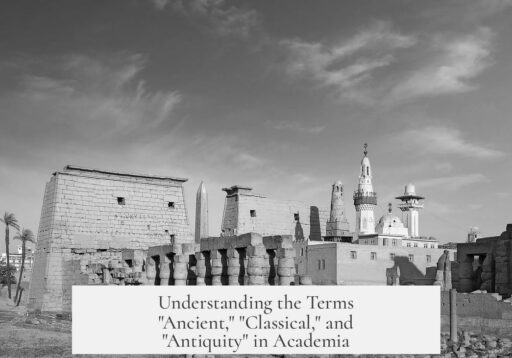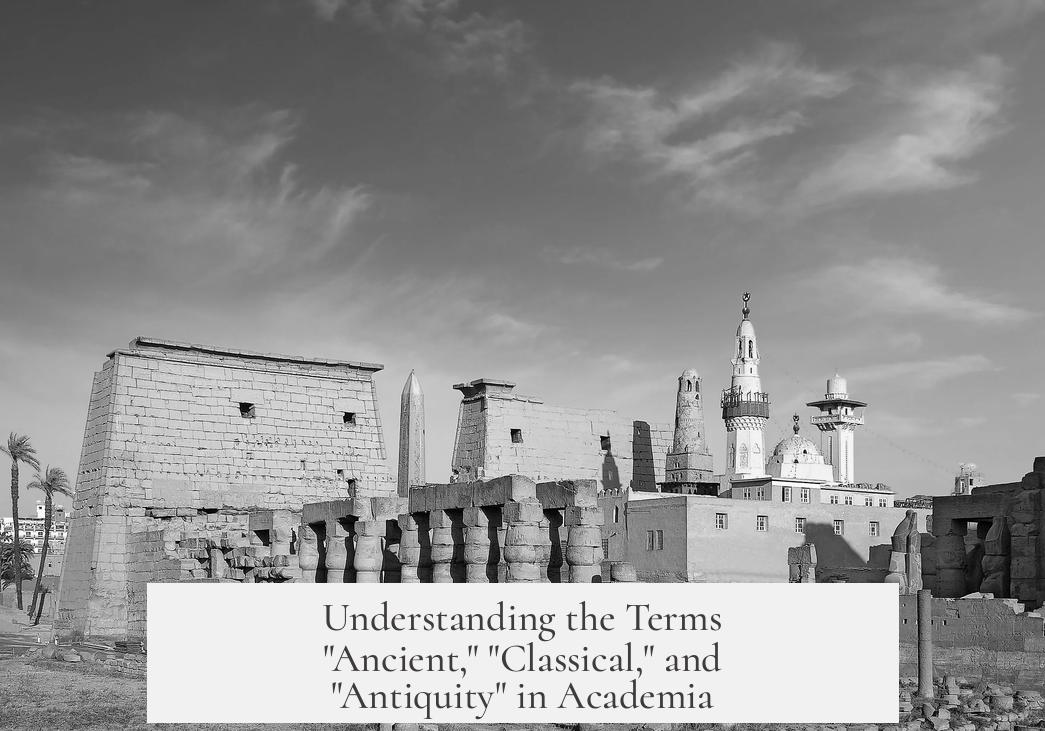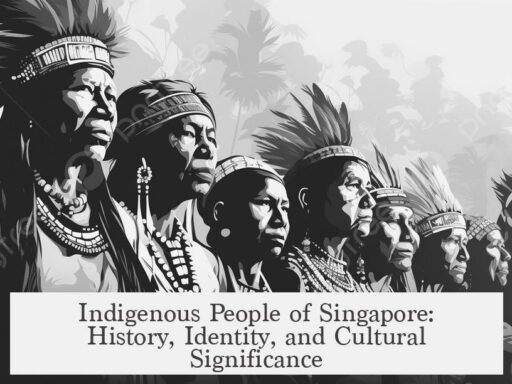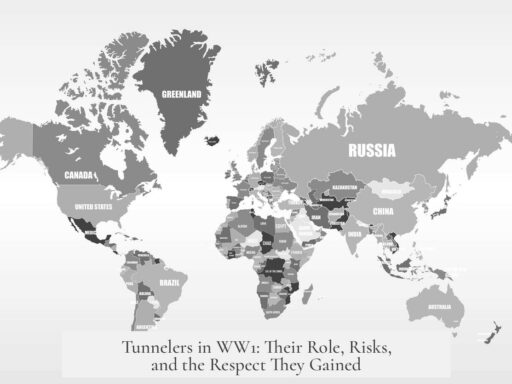In academia, “ancient,” “classical,” and “antiquity” have distinct but overlapping meanings related to historical time periods and cultural contexts.
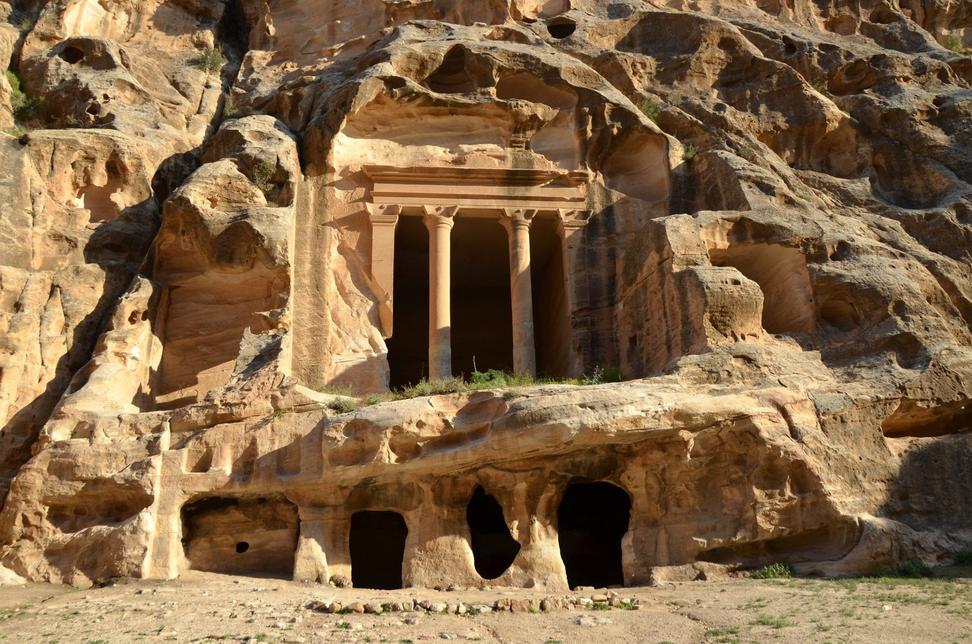
“Ancient” generally denotes a broad period in the distant past, often linked to civilizations that differ significantly from modern times. It applies when the ancient name matches or closely resembles the modern name of a place, such as Ancient Greece, Ancient Egypt, or Ancient Israel. There is no strict date range for this term; it emphasizes age and the idea that past societies operated under different systems and structures compared to today.
“Classical” is more specific and refers mainly to the Greek and Roman cultural spheres. It covers an approximate period from 500 BC to 300 AD. This term focuses on the era and influence of ancient Greece and Rome, often associated with their art, philosophy, politics, and literature. Unlike ancient, classical identifies a narrower geographic and temporal framework tied to Mediterranean civilizations.
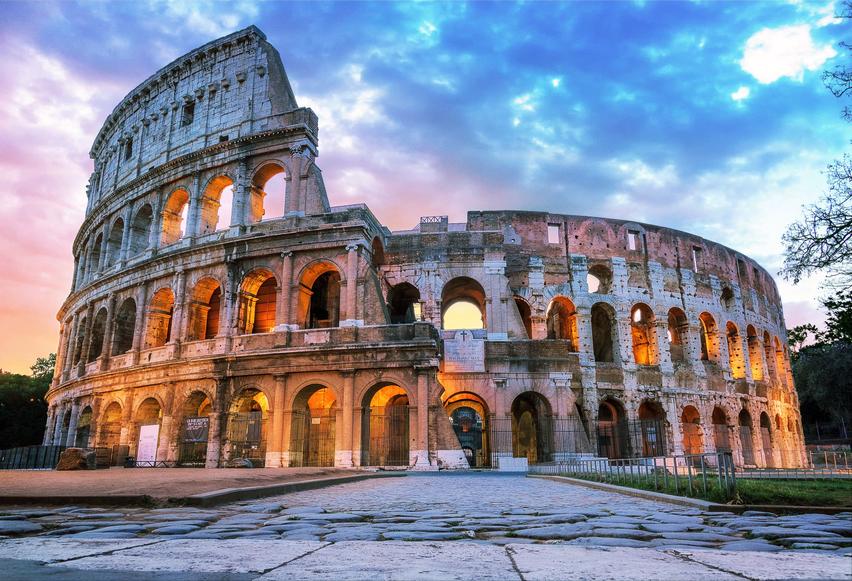
“Antiquity” is somewhat broader and can function as both a time reference and a noun. When used temporally, “in antiquity” means simply “in the past,” often overlapping with ancient periods. As a noun, “an antiquity” describes an artifact or object from ancient times.
Academics prefer more precise terminology than these general labels, especially when discussing specific historical periods or cultural phases. For instance, instead of citing broad terms like Ancient Israel, scholars might refer to exact eras such as Iron Age IIa (circa 1000–925 BC) or Iron Age IIb-c (925–586 BC), since these periods reflect distinct cultural or political conditions. Similarly, the Classical period can be subdivided into precise segments like the Severan or Late Roman periods to clarify context.
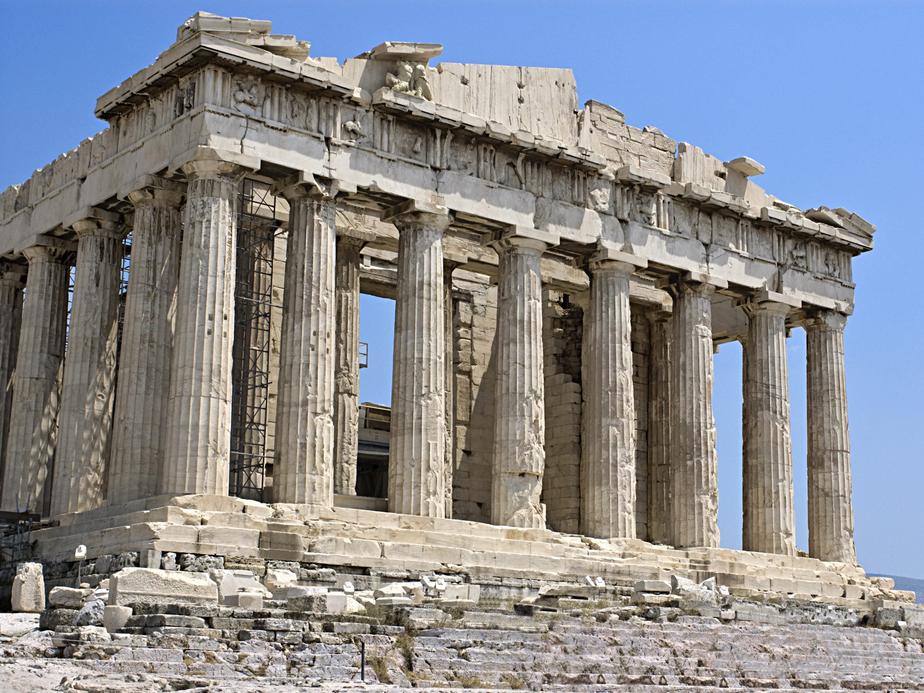
- “Ancient” — broad, old civilizations with a shared name to modern locales.
- “Classical” — roughly 500 BC to 300 AD, primarily Greek and Roman worlds.
- “Antiquity” — generally denotes past times or ancient artifacts.
- Academic texts emphasize precise periods for accuracy, beyond general terms.
These terms serve as umbrellas in scholarly writing but give way to detailed chronology when accuracy is essential.
In Academia, What Do “Ancient,” “Classical,” and “Antiquity” Mean?
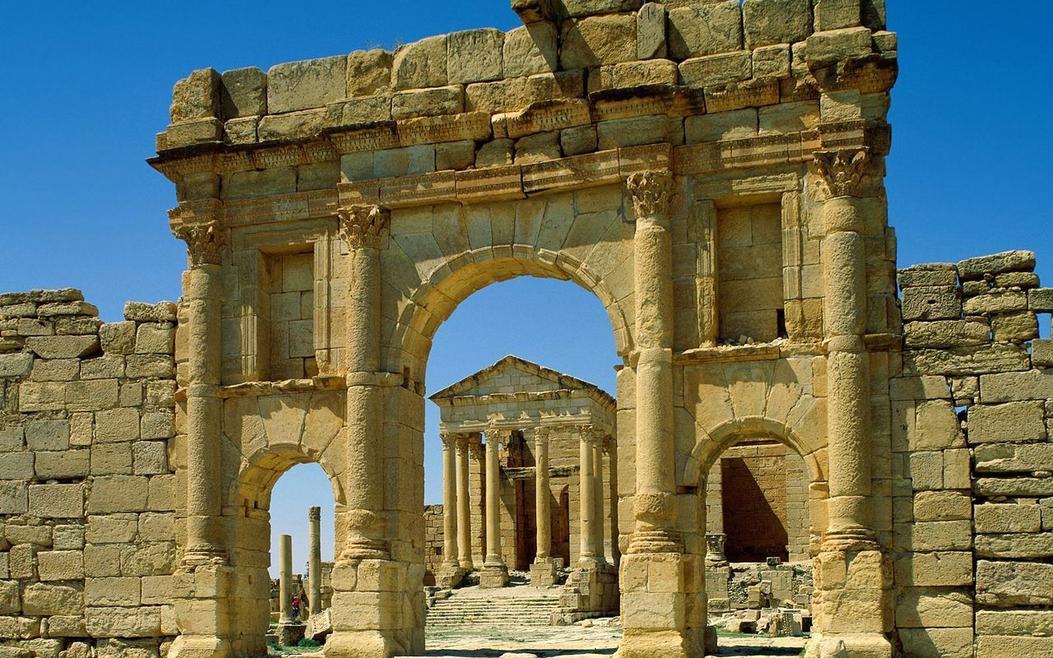
In the world of academia, words matter. When scholars talk about history, they rely on precise terms. But what about those broad-brush terms like “ancient,” “classical,” and “antiquity”? At first glance, they sound similar. Yet, they hold unique meanings and contexts that define how we understand past civilizations.
So, what exactly do these terms mean in academia? Simply put, “ancient” refers to large, old areas or civilizations, “classical” points specifically to the Greek and Roman world between 500 BC and 300 AD, and “antiquity” serves as a general term for the distant past or ancient artifacts. Let’s dive deeper to unpack these distinctions and see how scholars use these terms with care and precision.
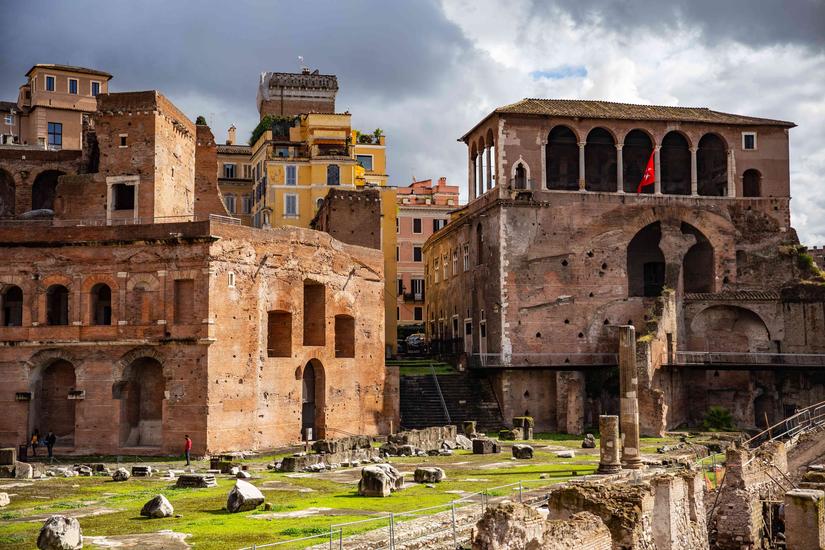
What Does “Ancient” Mean?
Ancient is a big word for big civilizations. It typically names entire regions or cultures that existed a long time ago. The key is that the ancient name often matches the modern name in English. Think Ancient Greece, Ancient Egypt, Ancient Israel. The term tells us these places were once organized differently than they are now. It’s less about a strict timeline and more about a shift in system and culture.
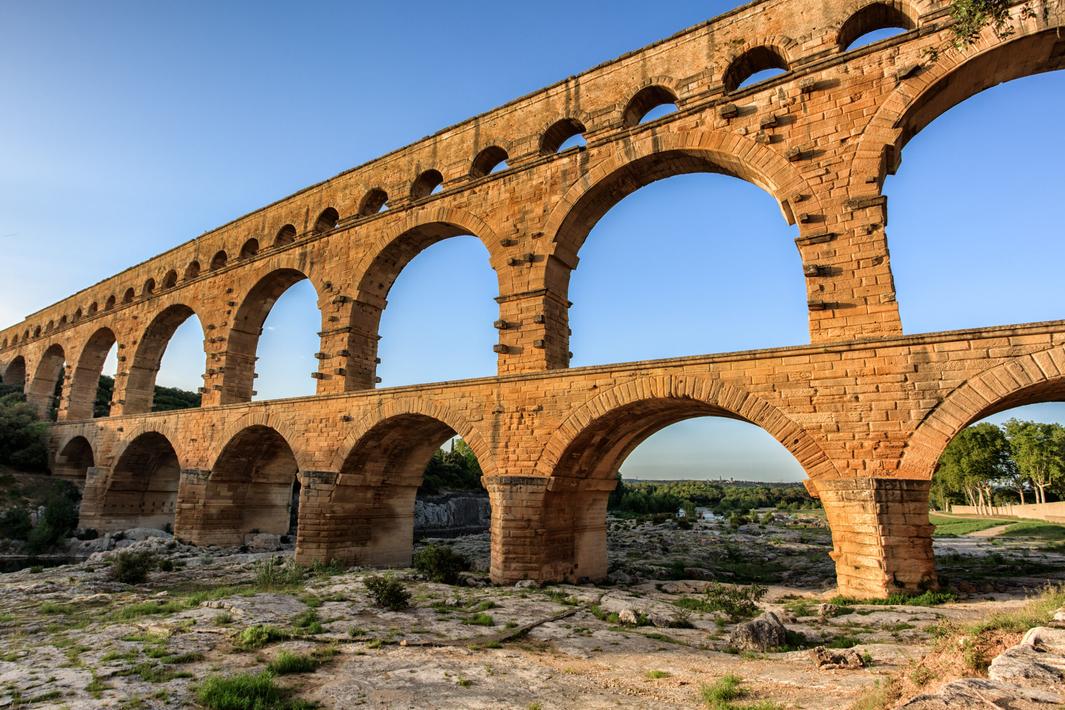
For example, when we say Ancient Israel, we’re not pinpointing a specific century. Instead, we acknowledge Israel’s existence in a very different form long ago. It sets apart today’s Israel from its roots in the distant past. That’s why “ancient” lacks a precise starting or ending date in common use.
In short, if a place is old and its ancient version shares the same name as today, it probably gets tagged as “ancient” in academic conversations.
What About “Classical”?
Classical is a bit more specialized. This term zooms in on the Greek and Roman world, marking a distinct cultural and historical influence. When scholars say “classical,” they usually mean everything connected to these two ancient civilizations between roughly 500 BC and 300 AD.
This includes works of art, architecture, politics, philosophy, and much more from that era. Want to picture the Parthenon or hear about Julius Caesar? You’re diving into the classical world.
The term is handy because the Greek and Roman influence still shapes parts of Western culture today. Calling something “classical” signals a focused study on a time and place known for its exceptional contributions to law, government, poetry, and art.
How Does “Antiquity” Fit In?
Antiquity is a bit of a chameleon word. It often means “in the past” in a broad sense, overlapping with “ancient” time frames. You’ll see phrases like “in antiquity,” which simply means “a long time ago.”
But here’s a twist: an antiquity can also be a noun. It describes an artifact from an ancient period. So, if you’re holding a vase or tool from 3,000 years ago, congratulations, you have an antiquity in your hands!
This dual use makes “antiquity” flexible but requires context. Scholars want to clearly indicate whether they mean a time period or an ancient object.
Academic Accuracy: Why General Terms Aren’t Enough
So why not just stick with these broad terms? Well, academics crave precision. Simply saying “ancient” or “classical” doesn’t cut it when you want to detail specific cultural shifts or historical events.
Consider Ancient Israel again. Instead of talking vaguely about “ancient Israel,” a historian might mention the Iron Age IIa (around 1000-925 BC) or the Iron Age IIb-c (925-586 BC). These periods highlight crucial differences in culture and government that “ancient Israel” alone cannot convey.
Likewise, classical periods have sub-divisions like the Severan period or the Late Roman period, each with distinct characteristics worth study. Pinpointing these allows scholars to talk intelligently about specific changes in art, politics, or economy.
In simple terms: “ancient,” “classical,” and “antiquity” are umbrella terms. They provide a broad frame of reference, but deep academic work dives into narrower time slices and cultural nuances.
Putting It All Together
- Ancient: Big, old civilizations whose modern name remains. No fixed dates. Examples: Ancient Greece, Ancient Egypt.
- Classical: Specifically Greek and Roman worlds from about 500 BC to 300 AD. Focus on cultural zenith in arts and politics.
- Antiquity: A broad term for the distant past or an ancient object. Means “in the old days” or something from then.
- Academic Precision: Scholars use exact time names like Iron Age II or Severan period, to describe more precisely.
Using these terms correctly ensures clarity, helps avoid confusion, and respects the rich complexity of history. It’s like choosing the right lens: you can see the big panorama with “ancient,” frame a detailed portrait with “classical,” or hold a specific treasure with “antiquity.”
Why Should You Care?
Understanding these distinctions is useful beyond academia. Whether you’re enjoying a museum visit, reading historical fiction, or simply watching a documentary, knowing the precise meaning helps you separate fact from generalization.
Next time someone says “ancient civilization,” you’ll know it’s a broad brush. When “classical” pops up, you’ll suspect Greece or Rome. And spotting the word “antiquity” will clue you in that we’re looking at either the distant past or a prized artifact.
And if that feels like too much detail, remember—scholars do this so you don’t have to! Their job is to parse the past carefully. Now you can appreciate their craft, maybe even toss around the terms confidently at your next trivia night.
So, what’s your take? Would you rather travel to an ancient empire, explore the classical age of philosophy, or uncover an antiquity in a dusty attic?
